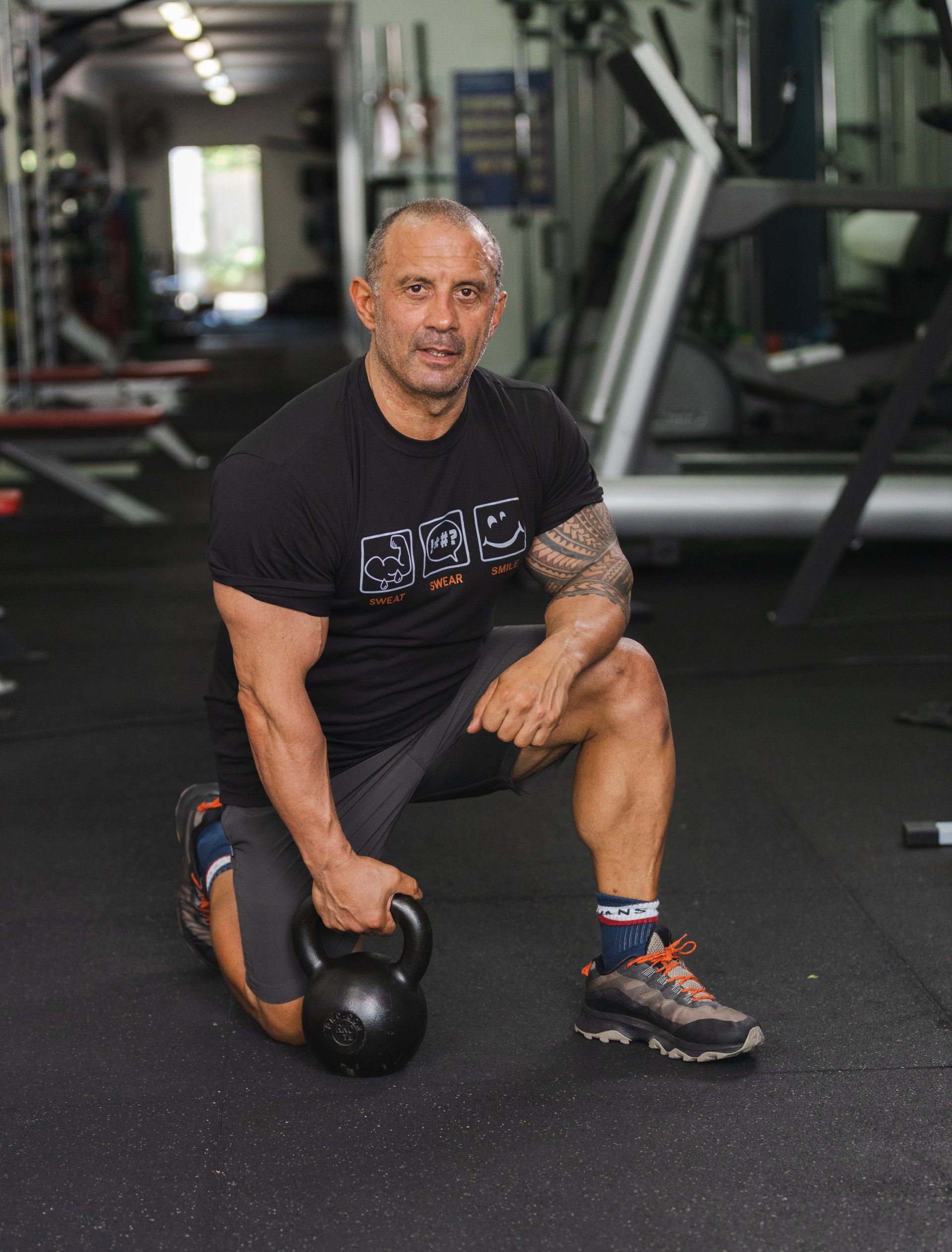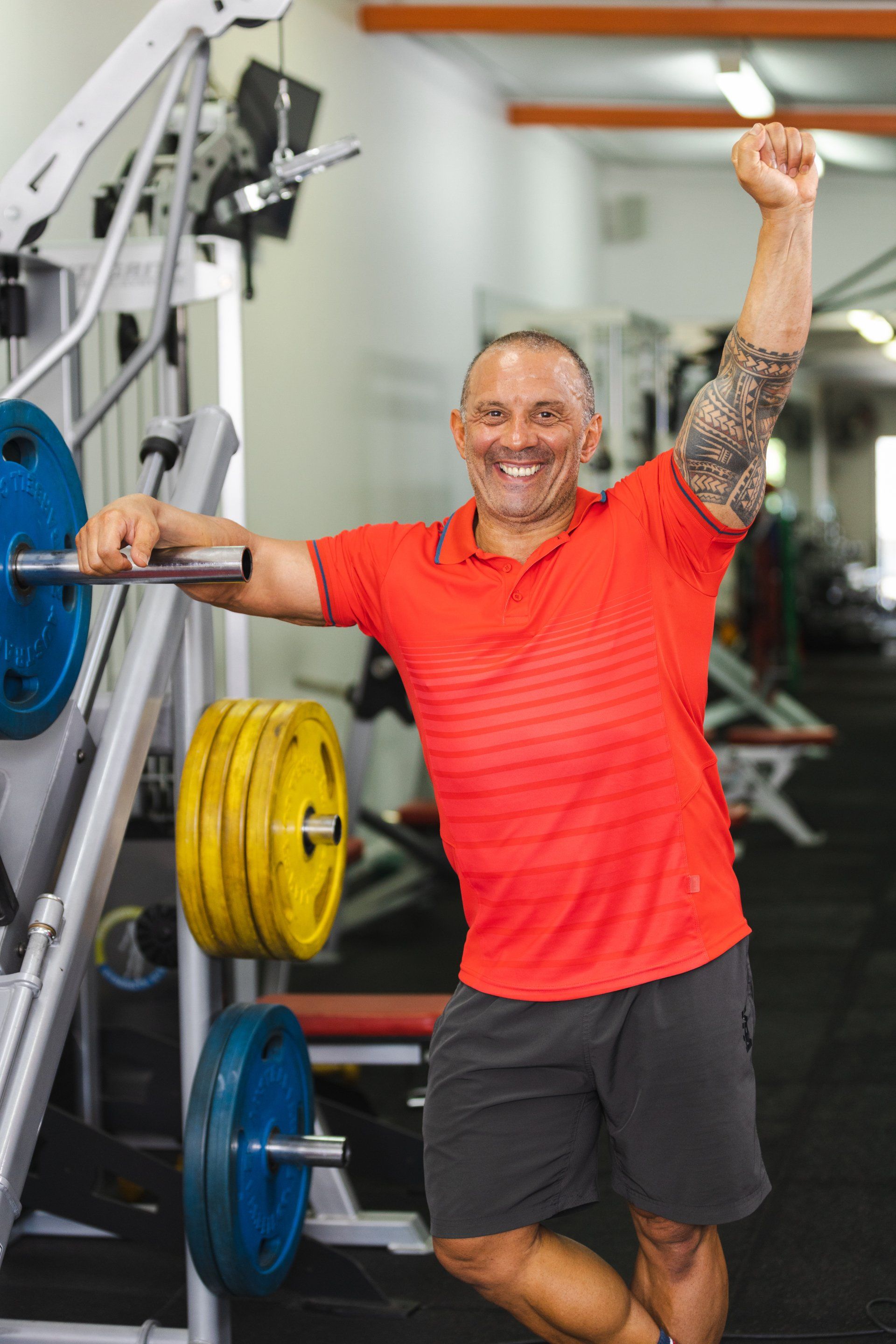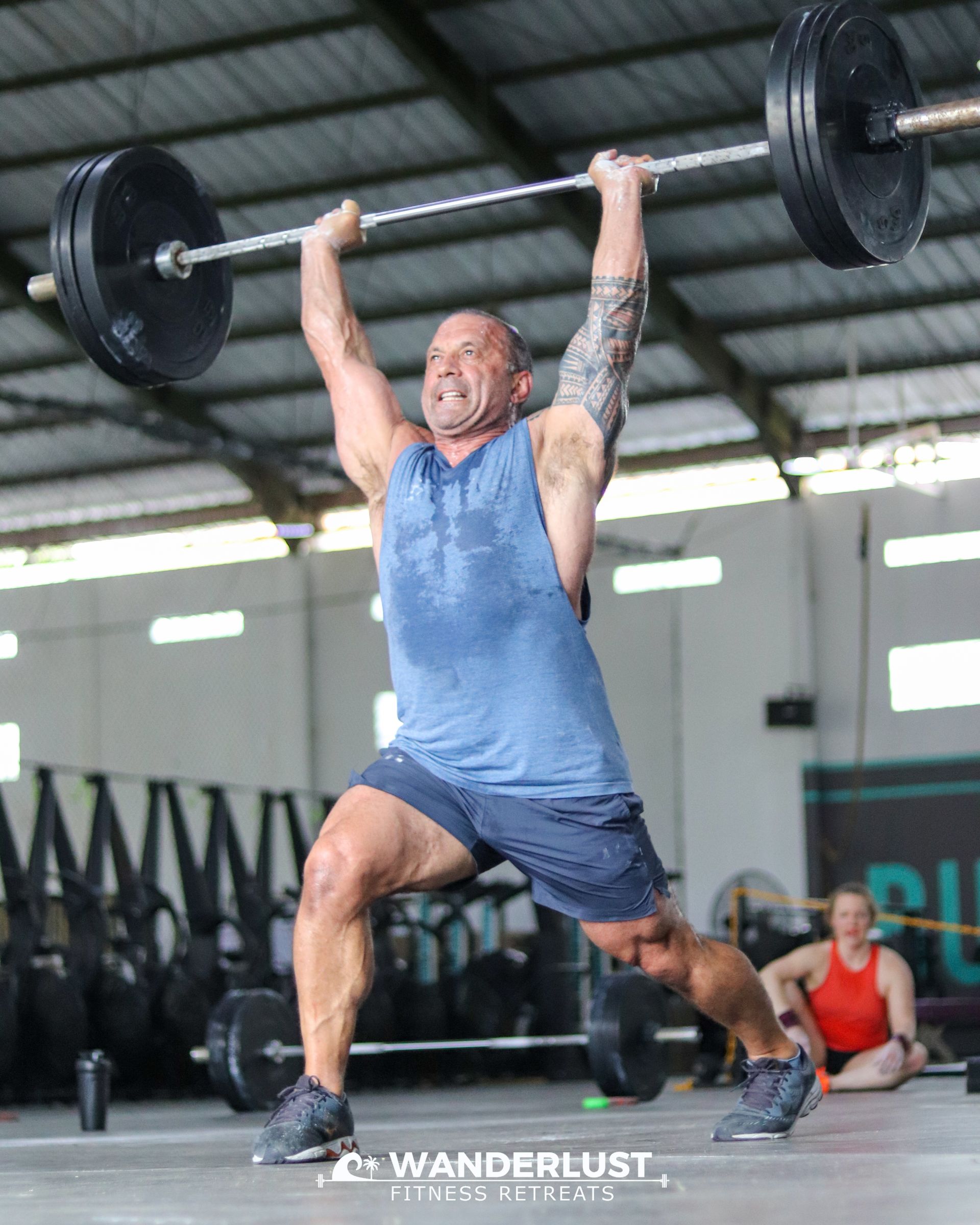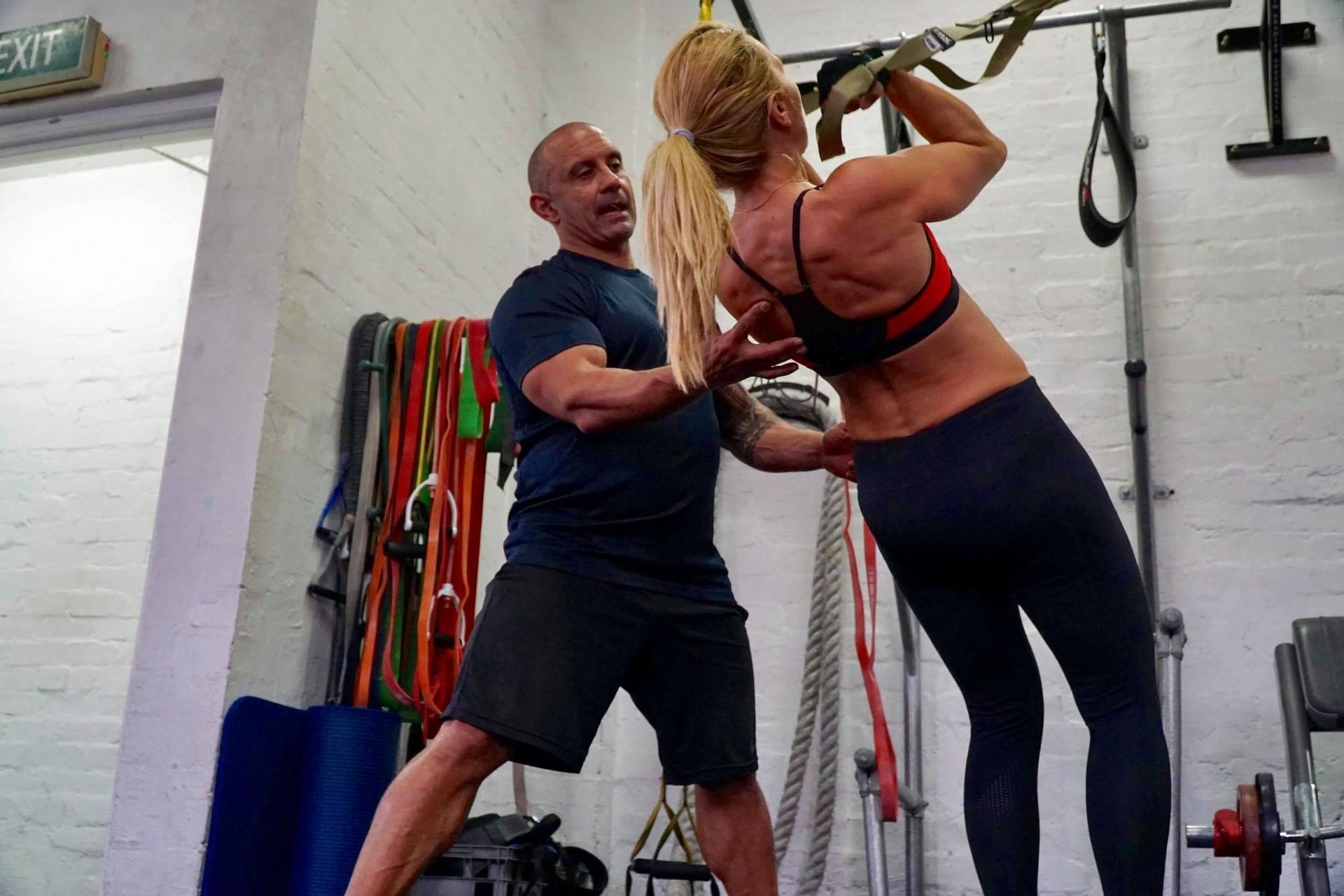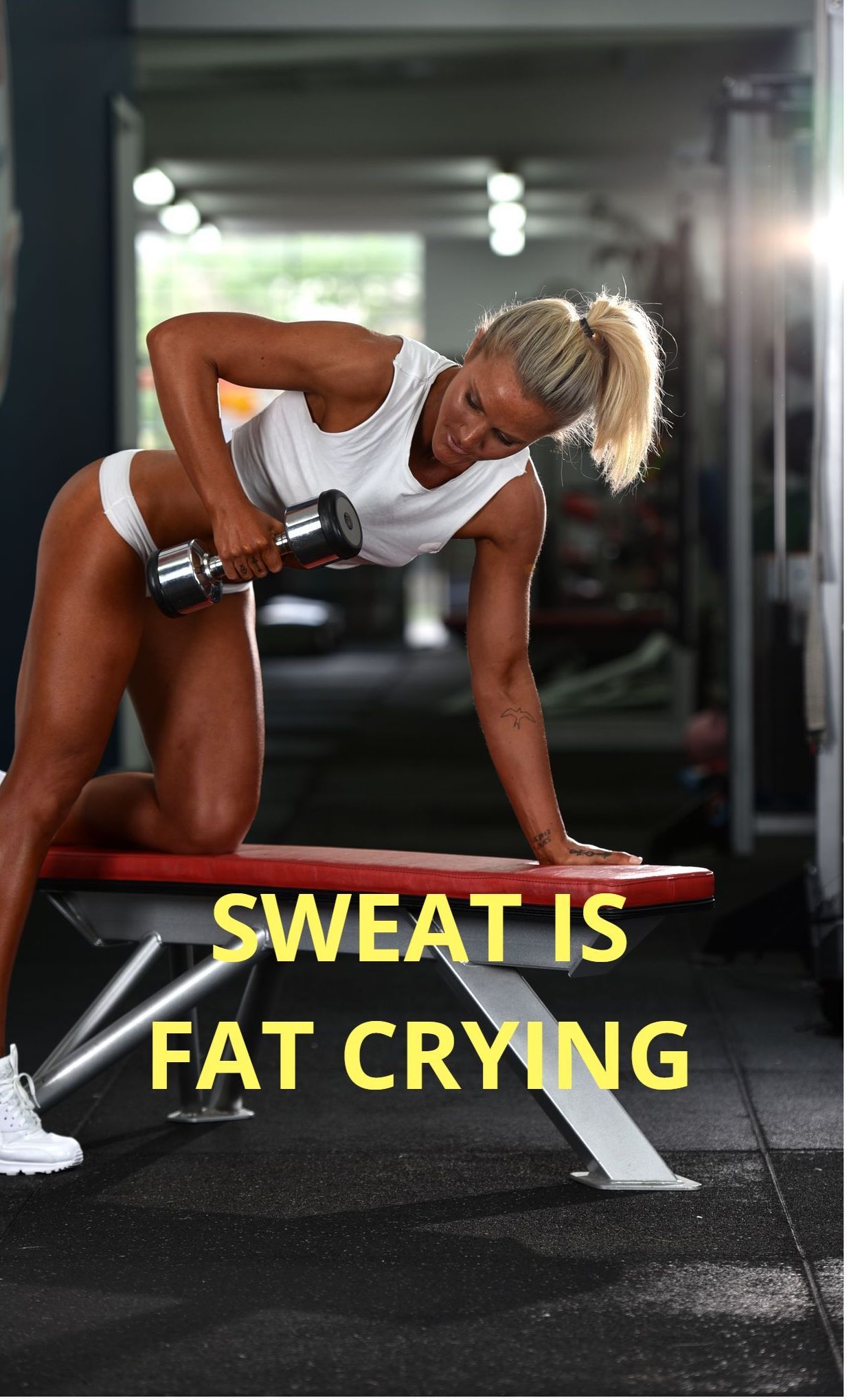GET A GRIP
I remember as a kid my uncle used to shake my hand in greeting.He was a brickie with a super strong grip, grabbing onto those heavybricks all day like they were nothing 😂
I would watch him shake handswith my father too and I began to understand the importance of agrip firstly from a cultural perspective. It was a simple gesture but spokevolumes about strength and friendship and humility. I would practiseshaking both their hands until my hands were so sore I couldn’t doanymore handshaking.From there I learnt a long time ago your grip strength was key togetting certain movements done, like pulling movements such as chin-upsin the park or hanging off a swing. As a kid we would see how long wecould hang from a tree branch until our forearms gave way (I always wonthat game!).Similar to the growing pattern where people often neglect their legswhile working out, many people also neglect other smaller body partsin the misconception that these body parts add no value to their goals.When was the last time you really shook someone’s hand andchecked their grip strength? When did you last train your forearms?It could be what is holding you back from becoming a full-blownbeast in the weight room (if that’s your goal). This is evident in themodern fad around ninja warrior competition courses you see on TV.The big muscly competitors’ grips often fail them at crucial times whilethe people with rock-climbing experience excel with their grip strengthand stamina to hold their own body weight!Indirectly, grip strength develops in a number of common exercisemovements:
•Crushing Grip – closing your hand and squeezing something, suchas a dumbbell
•Pinching Grip – holding an object between your thumb and anotherfinger, and just squeezing with your fingertips
.•Supporting Grip – supporting an object with a crush grip, while yourfingers take most of the load, like carrying a heavy bucket.
•Open Crush Grip – a crush grip where your fingers do not overlap,they are spread apart as in opening a jar
The good news is that your grip strength keeps improving the moreyou train however, if the goal here is to accelerate your grip strength thenyou need to focus on a few direct movements
For beginners – Farmer’s Walk
For intermediates – Barbell Dead Hangs
For more advanced – Dead Hangs on a chin-up bar
If your grip continues to be at a severe disadvantage and you aremuch stronger than your hands are even after working on your grip,then it would be acceptable to use straps only for heavy compoundmovements and one intense set, such as dead-lifts, pull-ups, or bent-over rows.Nevertheless, your best bet is to do what I did from day one and stickto chalk rather than straps, since it more closely replicates a natural grip.Train your forearms as if it were any other body part. You wouldn’t neglect your chest, would you?
A good way to get a forearm workout in isto do one or two sets at the end of your workout. Note also with forearms,you want to do extremely high reps.One of the best exercises (and my favourite) I give clients for forearmsis the one I explained earlier, the Farmer’s Walk with kettlebells.Set aside one set at the end of your workout in which you take the walkto complete failure (the feeling in your forearms where the lactic acidbuilds up so severely that you feel like you can’t go on for another second).
Work your forearms out a maximum of three times a week, but not onconsecutive days.


